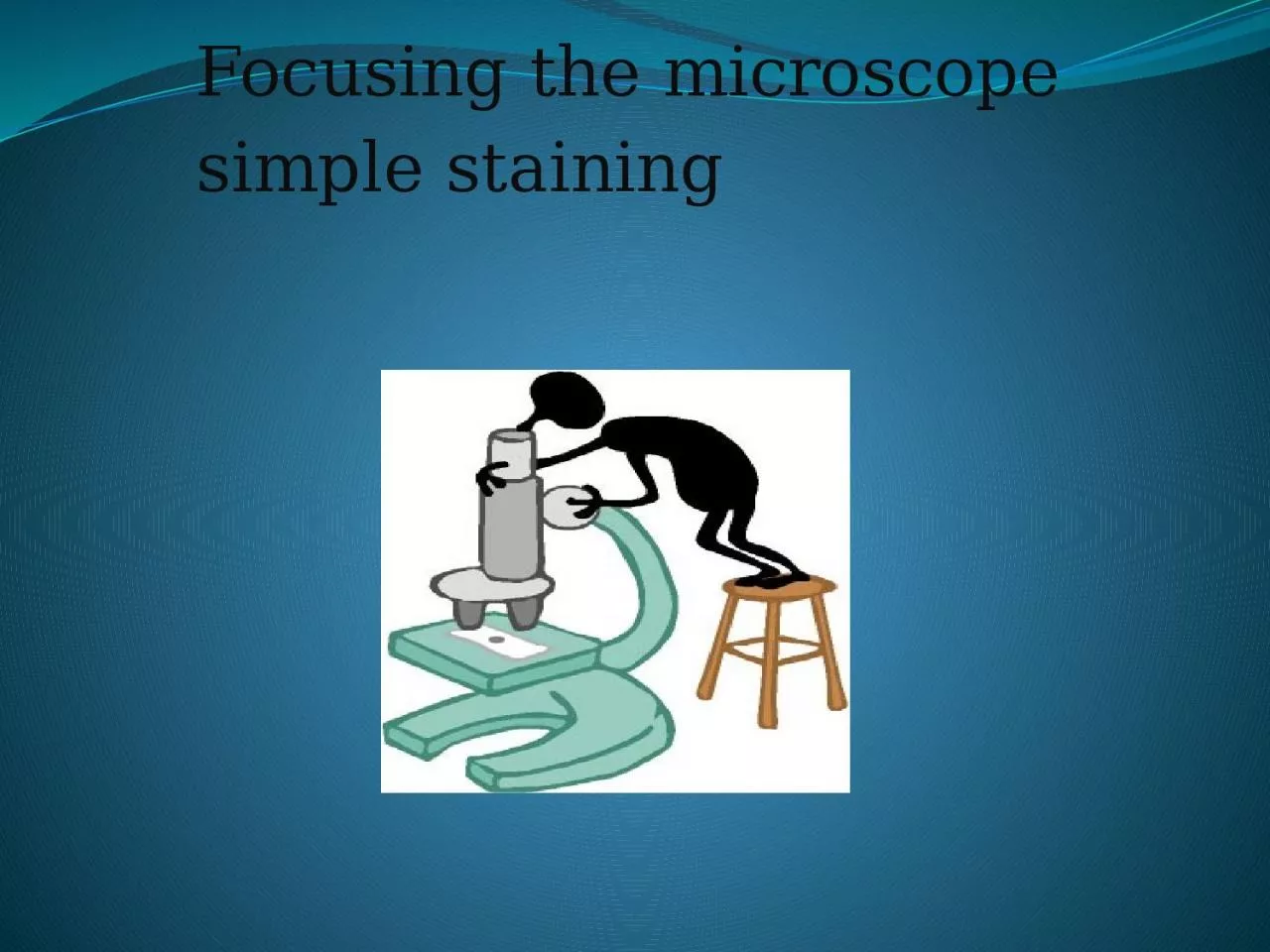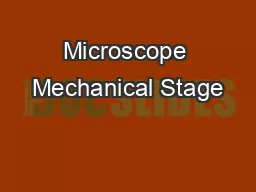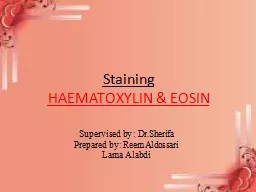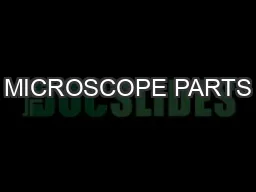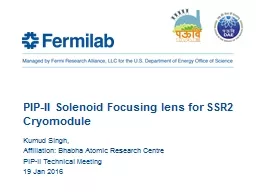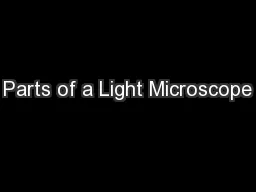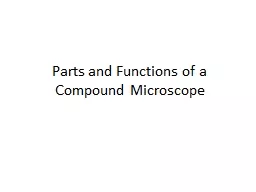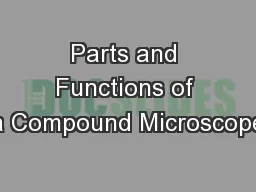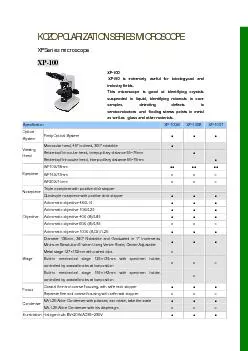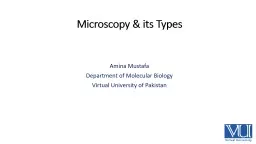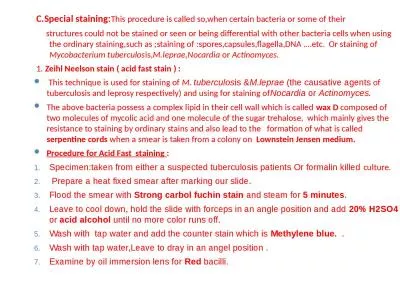PPT-Focusing the microscope simple staining
Author : hadly | Published Date : 2022-06-20
How to Focus the Microscope Turn the revolving nosepiece to 10 magnifying lens Move the stage up the condenser to the top position and close iris diaphragm half
Presentation Embed Code
Download Presentation
Download Presentation The PPT/PDF document "Focusing the microscope simple staining" is the property of its rightful owner. Permission is granted to download and print the materials on this website for personal, non-commercial use only, and to display it on your personal computer provided you do not modify the materials and that you retain all copyright notices contained in the materials. By downloading content from our website, you accept the terms of this agreement.
Focusing the microscope simple staining: Transcript
Download Rules Of Document
"Focusing the microscope simple staining"The content belongs to its owner. You may download and print it for personal use, without modification, and keep all copyright notices. By downloading, you agree to these terms.
Related Documents

